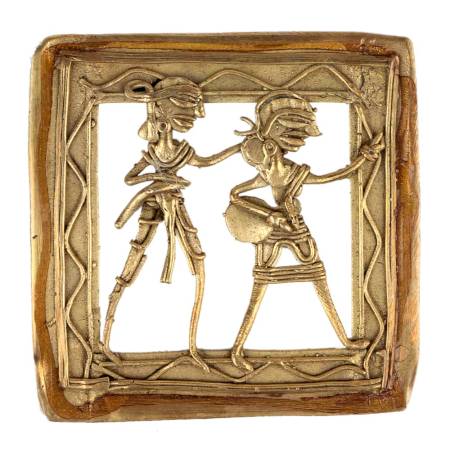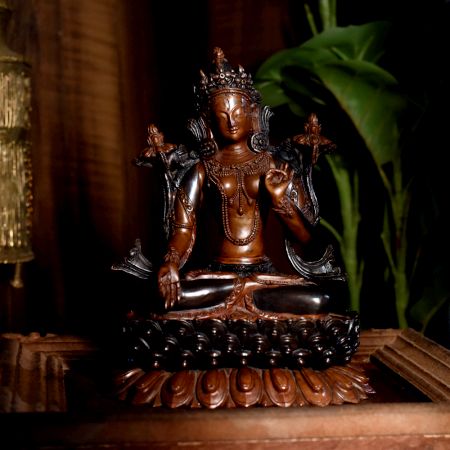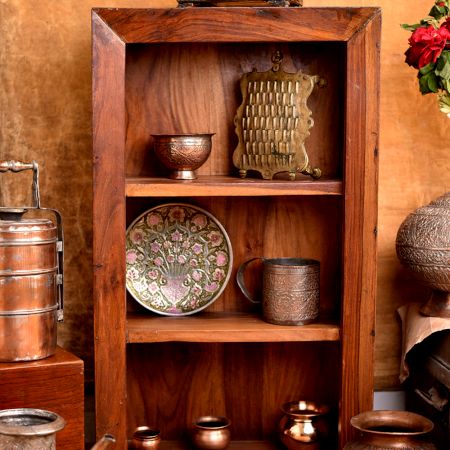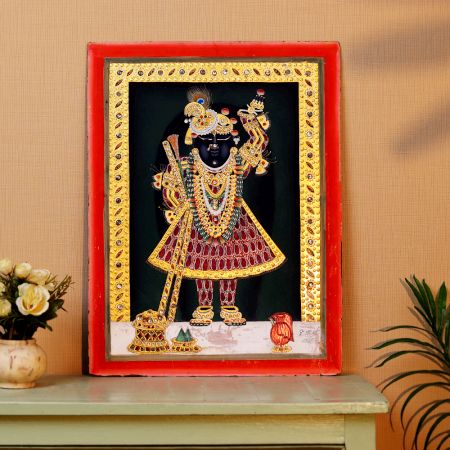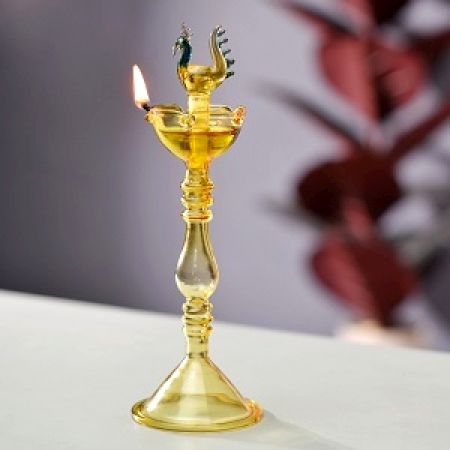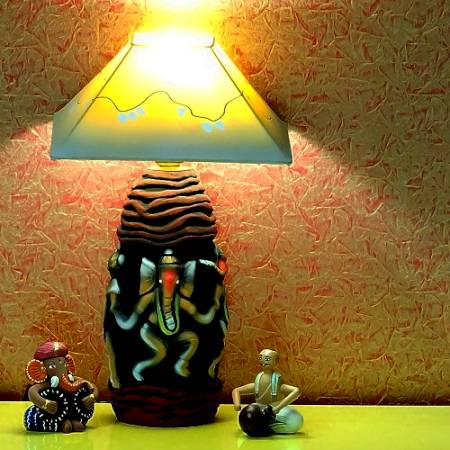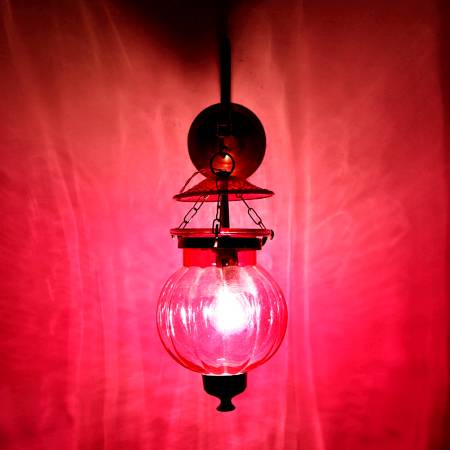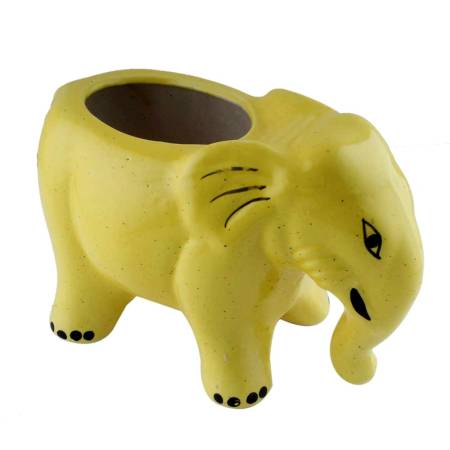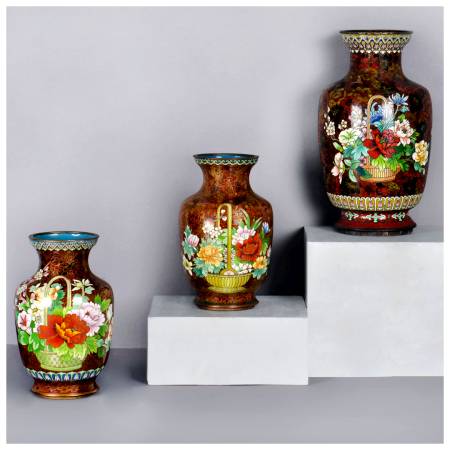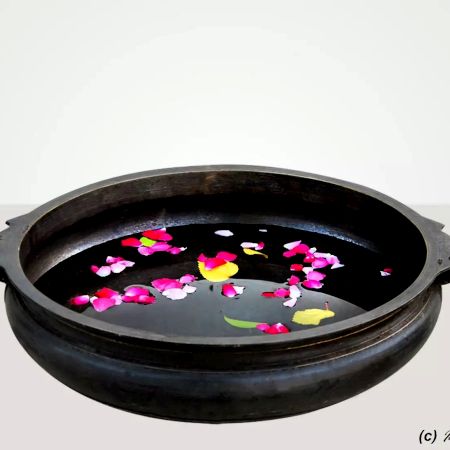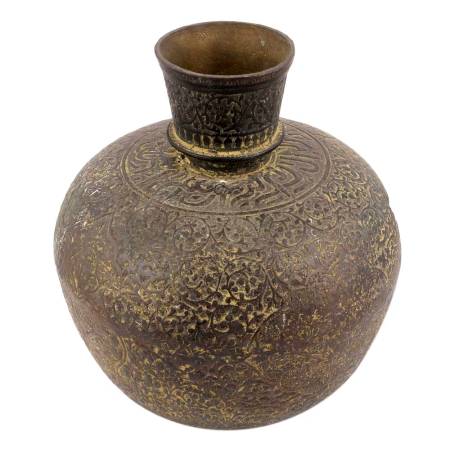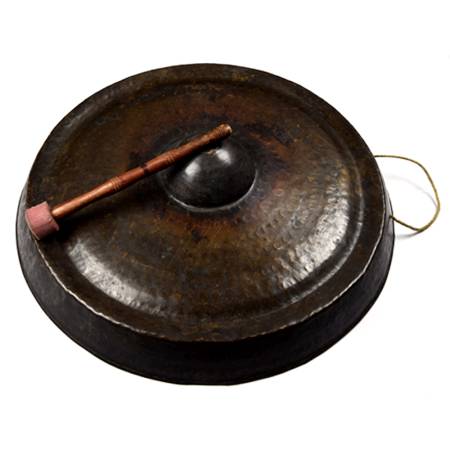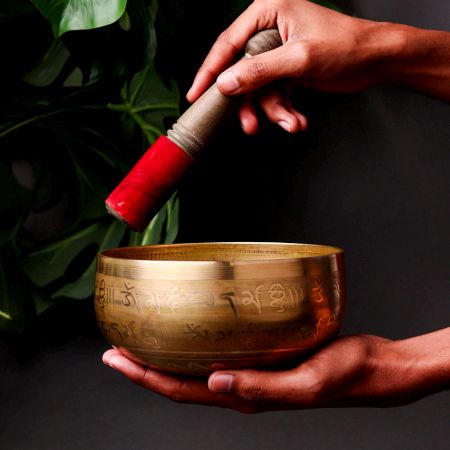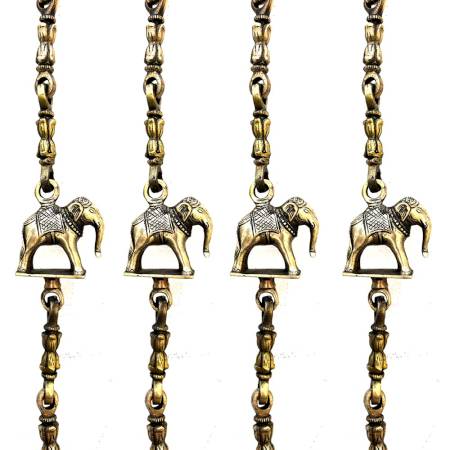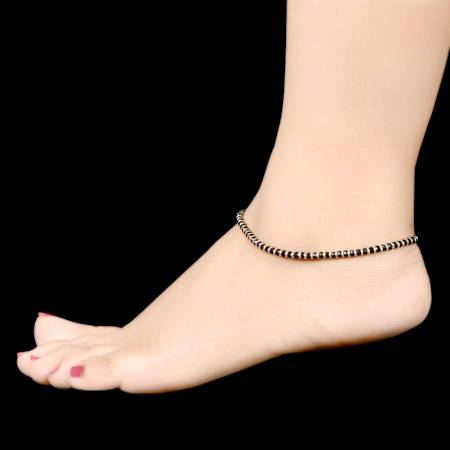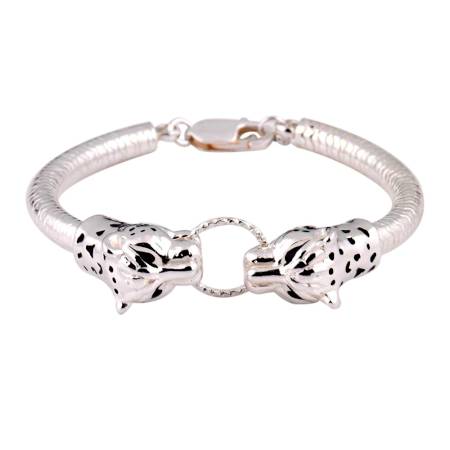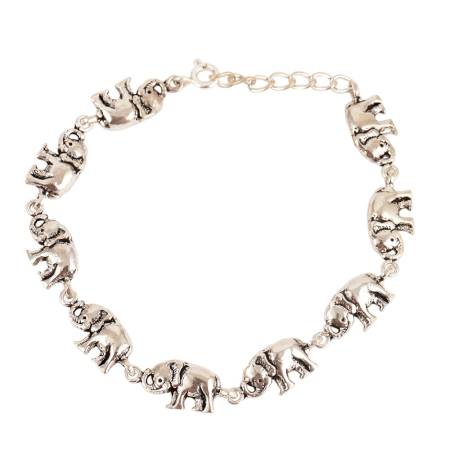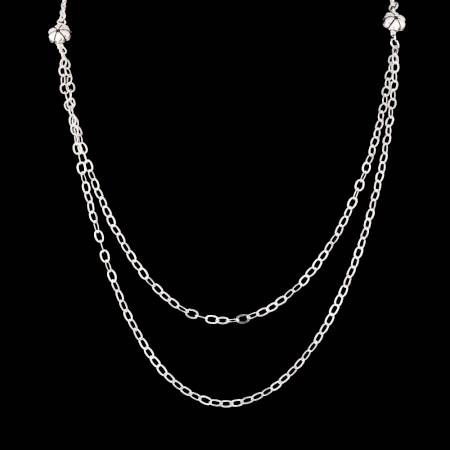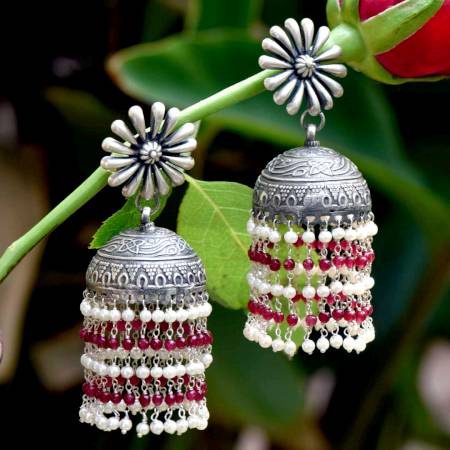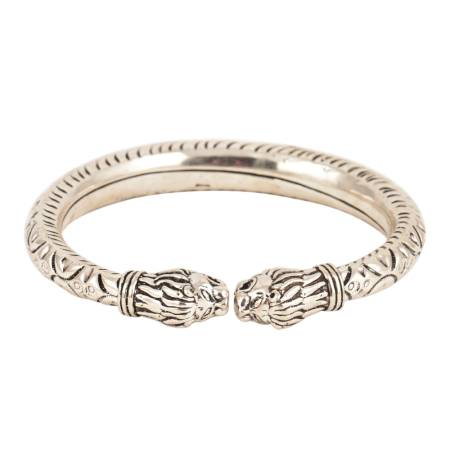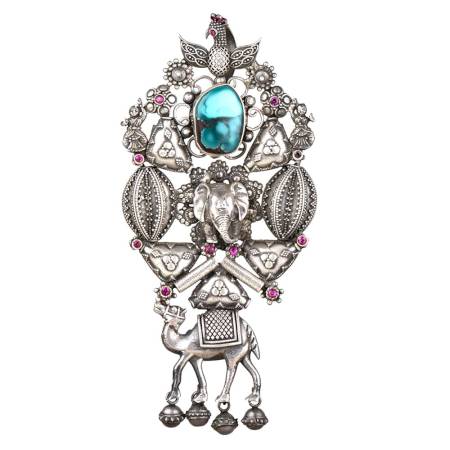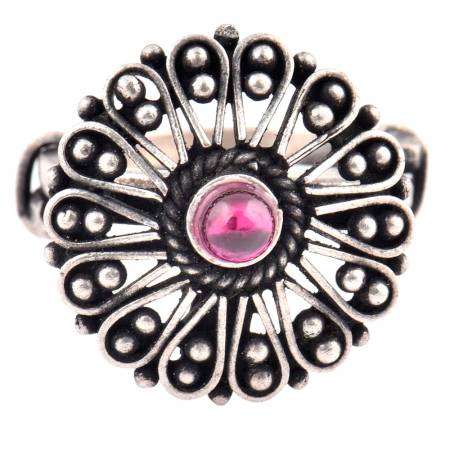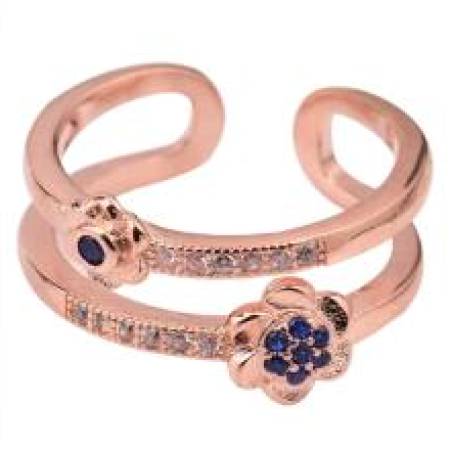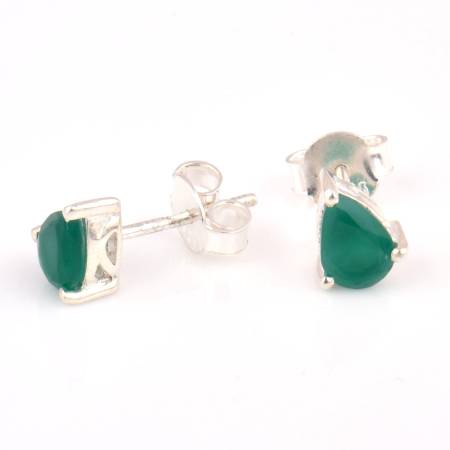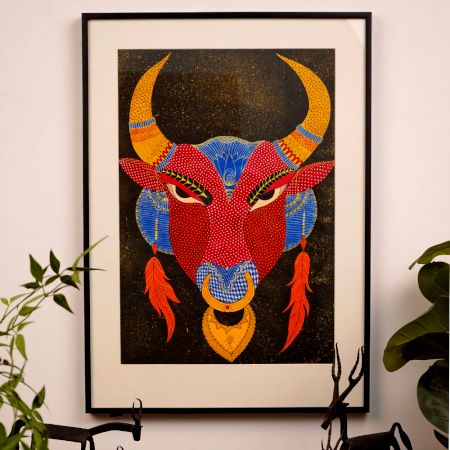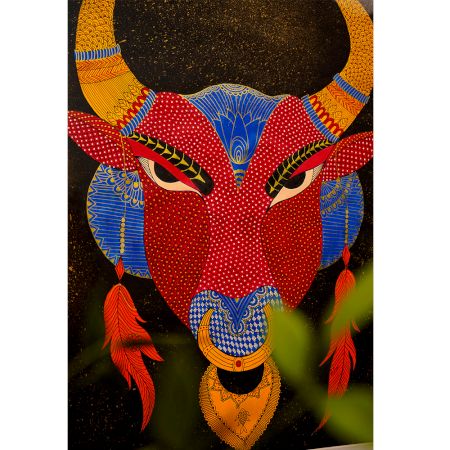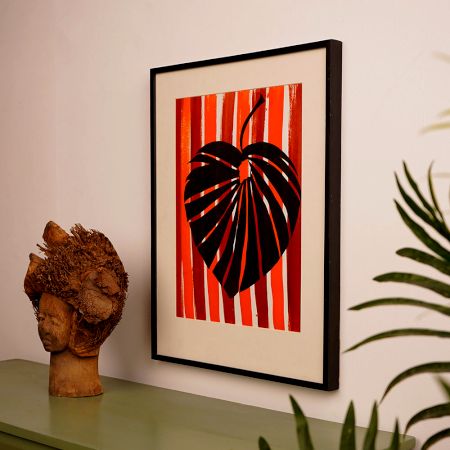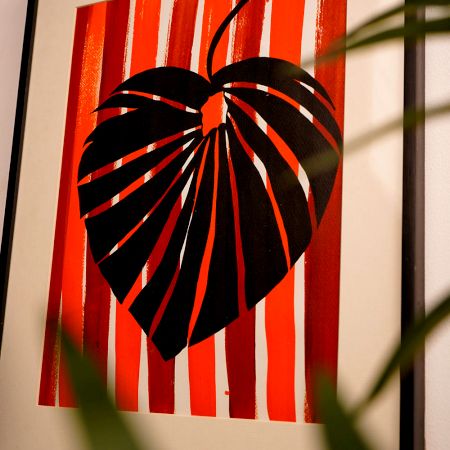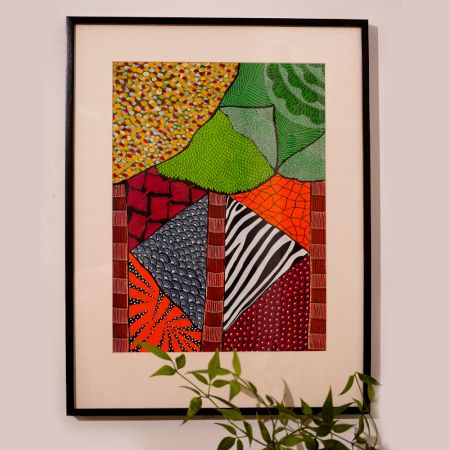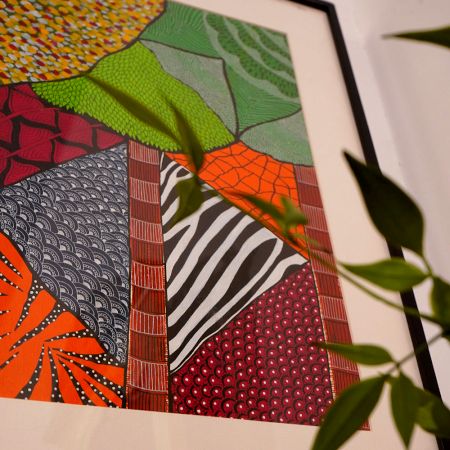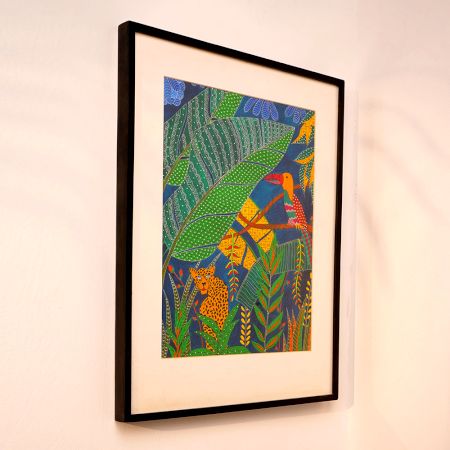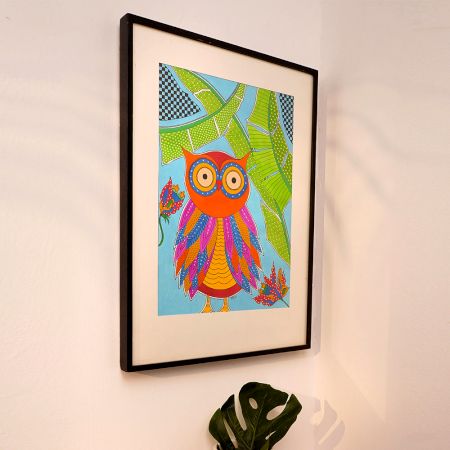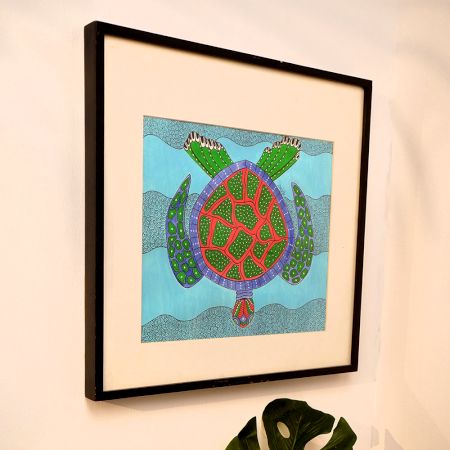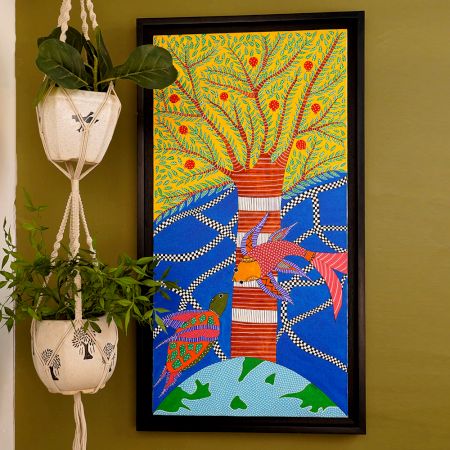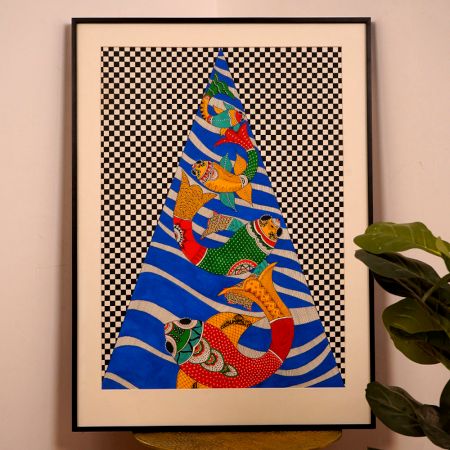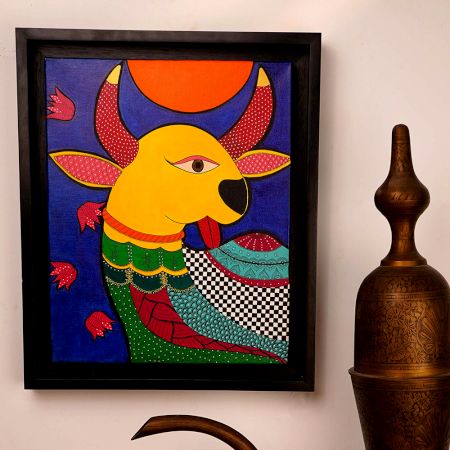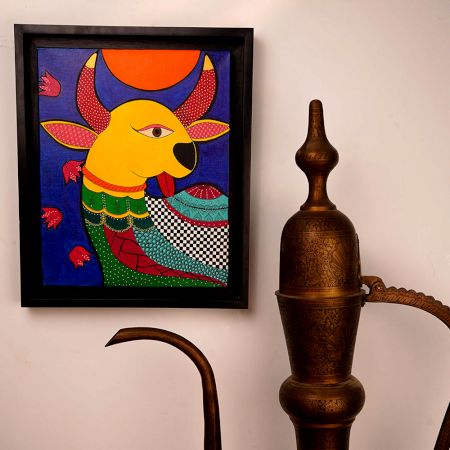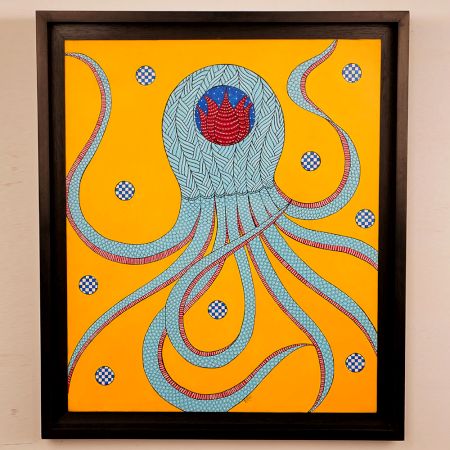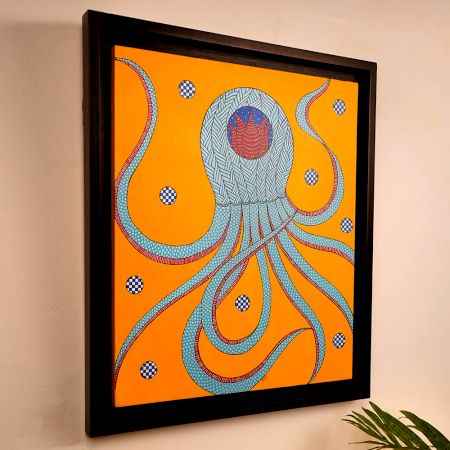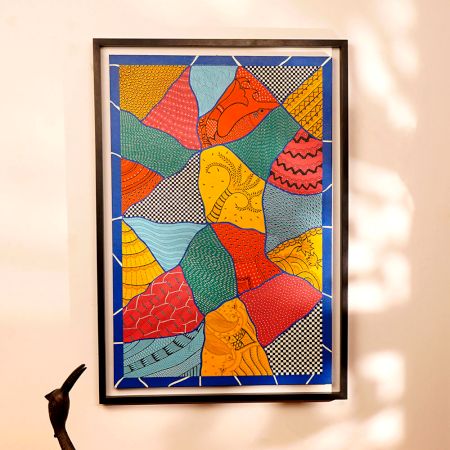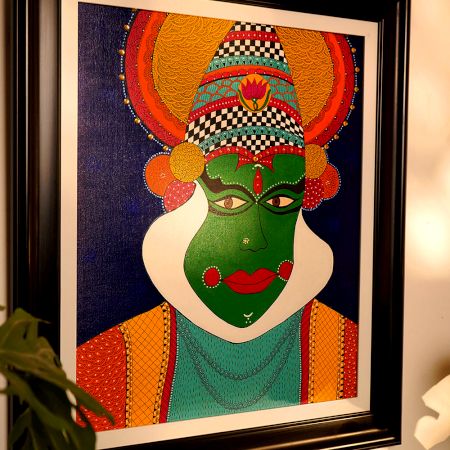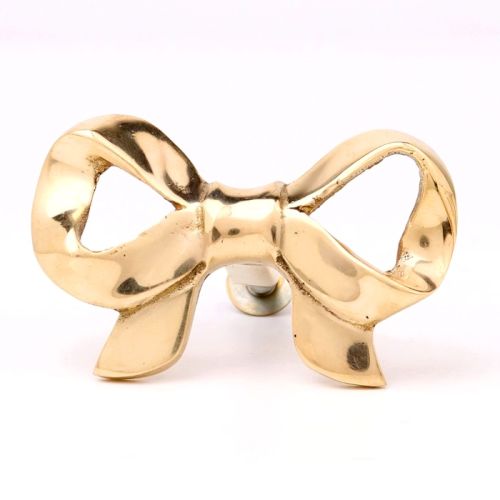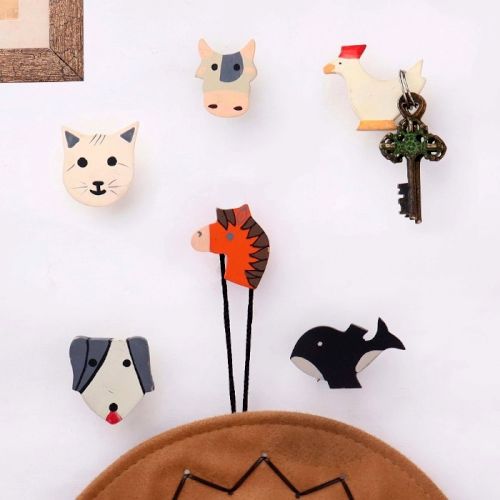Madhubani Paintings: A Glimpse into Tradition and Artistry
Madhubani paintings, also known as Mithila art, are a treasure of Indian heritage. Originating from the Mithila region in Bihar, India, this art form has a rich history that dates back thousands of years. Traditionally, women in the area used it to decorate the walls and floors of their homes, especially during festivals and special occasions. Today, Madhubani art has transcended its local roots and gained recognition worldwide, both as a form of artistic expression and a popular home decor choice.
What is the Historical Significance of Madhubani Painting?
The history of Madhubani paintings is deeply intertwined with the culture and traditions of the Mithila region. It is believed that this art form began during the epic Ramayana when King Janaka commissioned artists to create paintings for his daughter Sita's wedding. Over time, the tradition evolved, with each generation passing down the skills and techniques to the next. What was once folk art practiced in rural homes has now become a celebrated art form, exhibited in galleries and homes across the globe.
What are the Types of Madhubani Art?
Madhubani paintings are characterized by their intricate patterns and vibrant colors. The art can be categorized into five main styles, each with its unique features:
- Bharni: Known for its bright, solid colors, the Bharni style often depicts religious themes, such as the lives of gods and goddesses.
- Katchni: This style is characterized by fine lines and delicate patterns. Katchni paintings often use a limited color palette, focusing more on intricate details.
- Tantrik: As the name suggests, this style is related to tantric symbols and motifs, often incorporating religious icons and esoteric symbols.
- Godna: Inspired by the region's traditional tattoo patterns, the Godna style features geometric shapes and designs, often in black and white or muted tones.
- Kohbar: Typically used during weddings, Kohbar paintings are rich in symbolism. They depict love, fertility, and prosperity through the use of vibrant colors and motifs.
How to use Madhubani Paintings in Home Decor?
Madhubani paintings have found a special place in contemporary home decor. Their vibrant colors and intricate patterns make them perfect for adding a touch of tradition and culture to modern interiors. These paintings can be used in various ways to enhance the aesthetics of a space:
- Wall Art: A large Madhubani painting can serve as a stunning focal point in a living room or hallway.
- Accents: Smaller pieces can be framed and used as accents in bedrooms, study areas, or dining spaces.
- Textiles: Madhubani patterns are also popular in fabrics, such as cushion covers, curtains, and table runners, adding a traditional touch to everyday items.
Beyond Home Decor
Apart from their decorative appeal, Madhubani paintings carry deep cultural and spiritual significance. They often depict themes of nature, mythology, and social events, reflecting the values and beliefs of the Mithila region. By incorporating these paintings into your home, you are not just decorating a space but also preserving and celebrating a rich cultural heritage.
Madhubani art is more than just a painting; it celebrates tradition, culture, and creativity. Whether you are an art enthusiast or looking to add a cultural touch to your home, Madhubani paintings offer a timeless beauty that resonates with history and artistry.
More Paintings - Pichwai Paintings | Radha krishna Paintings | Vintage Movie Posters | Landscape Paintings
